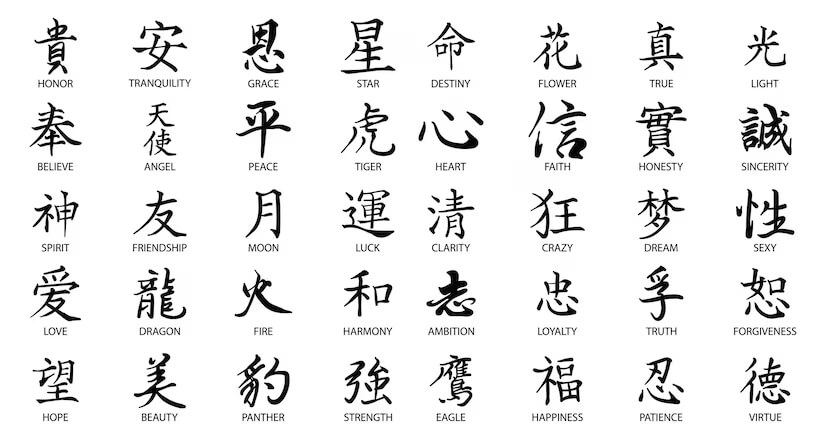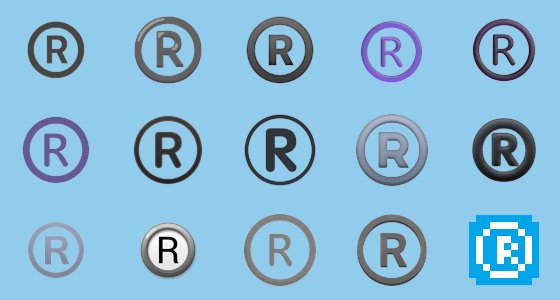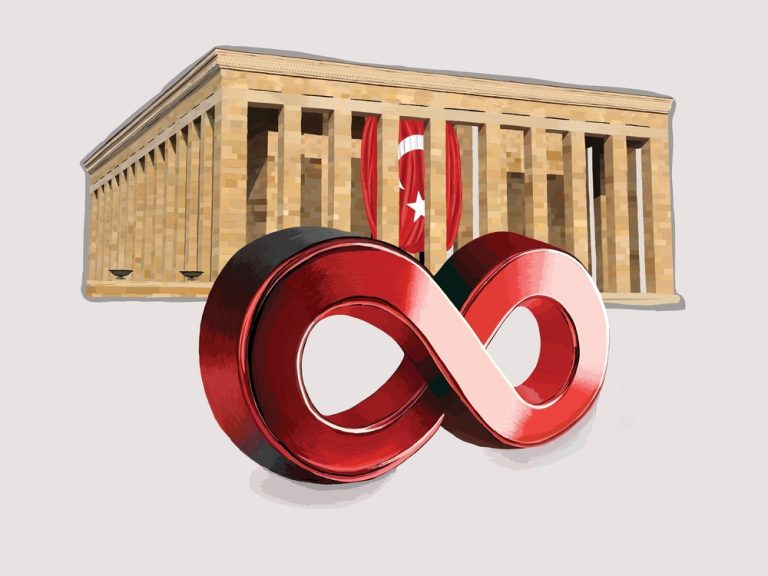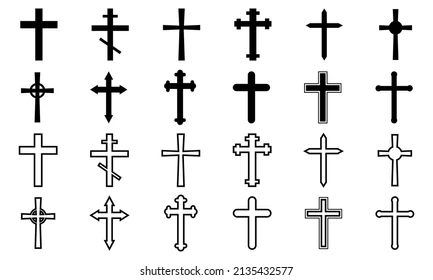
Looking to add a touch of Chinese culture, language, or symbolism to your text? Whether you’re a designer, student, language lover, or social media creator, our Chinese Copy and Paste Symbols guide brings you a powerful collection of elegant Chinese characters and symbols — ready for instant use. No need for special keyboards or typing skills — just click, copy, and paste!
From traditional Chinese characters like 爱 (love), 幸福 (happiness), and 龙 (dragon), to cultural icons like Yin Yang ☯ and lucky numbers, this blog gives you easy access to beautifully styled symbols that enhance everything from social posts to graphic designs.
Perfect for use in text messages, bios, tattoos, art projects, blogs, or anywhere you want to add an aesthetic or meaningful flair — these Chinese symbols are Unicode-supported and mobile-friendly.
💡 Bonus: You’ll also learn the meanings behind these symbols, how to use them in HTML or design tools, and discover popular combinations for festivals, birthdays, and good luck wishes.

Chinese Copy and Paste Symbols
Looking to add elegance, depth, or a cultural touch to your messages, designs, or projects? Chinese symbols have become a global favorite — not just for their beauty, but for their profound meanings and artistic appeal. From tattoos to social media bios, and from graphic design to personal journaling, these Chinese copy and paste symbols are making waves everywhere.
Chinese characters combine meaning, art, and mystique. Each symbol isn’t just a letter — it’s a story, a value, a piece of ancient wisdom. Whether you’re expressing love (爱), wishing someone good fortune (福), or channeling strength with a dragon (龙) symbol, these characters instantly add emotional and visual richness to your content.
What Are Chinese Symbols?
Chinese symbols are more than just beautiful visuals — they are logographic characters used in one of the world’s oldest and most influential writing systems. Each symbol represents a concept, word, or sound, often packed with rich meaning and deep cultural roots.
Chinese Symbols vs. Characters: What’s the Difference?
The terms “Chinese symbols” and “Chinese characters” are often used interchangeably, but here’s a quick distinction:
-
Chinese characters (汉字) are the official written form of the Chinese language. Each character stands for a syllable and may represent a full word or part of a word.
-
Chinese symbols often refer to popular, meaningful characters or iconic elements like Yin Yang (☯), dragons, or lucky numbers used symbolically in art, decoration, tattoos, and design — even outside of linguistic use.
In short, every Chinese symbol is a character, but not every character is commonly used as a standalone symbol.
A Glimpse into History and Culture
Chinese writing has a history of over 3,000 years, originating from ancient oracle bones and evolving through dynasties. The script not only communicates language but embodies philosophy, tradition, spirituality, and cultural identity. Many symbols reflect core values like peace (安), fortune (福), and longevity (寿).
These characters are commonly used during festivals, weddings, and ceremonies, as well as in Feng Shui, martial arts, and spiritual practices — making them timeless elements of Chinese culture.
Simplified vs. Traditional Characters
There are two main forms of Chinese writing:
-
Traditional Chinese (繁體字): Older, more complex characters used in Taiwan, Hong Kong, and among many overseas Chinese communities.
-
Simplified Chinese (简体字): A modern version with fewer strokes, officially used in mainland China and Singapore, created to promote literacy in the mid-20th century.
For example:
-
Love (Traditional): 愛
-
Love (Simplified): 爱
Both versions are valid and widely respected, but simplified characters are generally more common online and in casual use, especially for copy-and-paste purposes.
Popular Chinese Symbols and Their Meanings
Chinese symbols carry deep cultural significance and universal emotional appeal. Whether you’re looking to express love, attract good luck, or simply add aesthetic value to your content, these popular characters and symbols are perfect for daily use — and they’re just a copy-paste away.
Below is a curated list of the most beloved Chinese symbols, along with their Pinyin (pronunciation) and meanings to help you choose the right one for any occasion.
Most Common Chinese Symbols
| Symbol | Pinyin | English Meaning |
|---|---|---|
| 爱 | ài | Love |
| 喜 | xǐ | Happiness / Joy |
| 福 | fú | Blessing / Prosperity |
| 龙 | lóng | Dragon / Power |
| ☯ | yīn yáng | Balance / Yin Yang |
| 安 | ān | Peace / Safety |
| 美 | měi | Beauty |
| 和 | hé | Harmony |
🔍 How These Symbols Are Used
-
爱 (Love): Used in romantic contexts, wedding designs, tattoos, and Valentine’s Day greetings.
-
喜 (Happiness): Common during weddings or celebrations. The “double happiness” symbol (囍) is a traditional wedding emblem.
-
福 (Prosperity): Popular during Chinese New Year. It’s often displayed upside-down (福倒) to symbolize “blessing has arrived.”
-
龙 (Dragon): Represents strength, leadership, and power. A cultural icon in China, especially in names and martial arts.
-
☯ Yin Yang: Reflects balance, duality, and harmony in the universe. Widely used in spiritual, martial, and wellness communities.
-
安 (Peace) and 美 (Beauty): Found in poems, art, and feminine names or expressions.
-
和 (Harmony): Signifies peaceful coexistence. Common in political, spiritual, and family contexts.
Chinese Zodiac Symbols
The Chinese Zodiac, known as 生肖 (shēngxiào), is a fascinating 12-year cycle where each year is represented by a different animal. These symbols aren’t just cute emojis — they reflect deep-rooted cultural meanings, personality traits, and fortune predictions in Chinese tradition.
Let’s explore all 12 animals, their Chinese names, meanings, and how they’re used in art, design, horoscopes, and symbolic decoration.
| Emoji | Chinese Name | Pinyin | Meaning / Trait |
|---|---|---|---|
| 🐭 | 鼠 | shǔ | Rat – clever, adaptable |
| 🐮 | 牛 | niú | Ox – strong, dependable |
| 🐯 | 虎 | hǔ | Tiger – brave, competitive |
| 🐰 | 兔 | tù | Rabbit – gentle, lucky |
| 🐲 | 龙 | lóng | Dragon – powerful, noble |
| 🐍 | 蛇 | shé | Snake – wise, mysterious |
| 🐴 | 马 | mǎ | Horse – energetic, free‑spirited |
| 🐑 | 羊 | yáng | Goat – calm, artistic |
| 🐵 | 猴 | hóu | Monkey – witty, curious |
| 🐔 | 鸡 | jī | Rooster – confident, honest |
| 🐶 | 狗 | gǒu | Dog – loyal, sincere |
| 🐷 | 猪 | zhū | Pig – generous, easy‑going |
🔮 How the Zodiac Symbols Are Used
-
Horoscopes & Personality Traits: Each animal governs a birth year and is believed to influence behavior, relationships, and luck.
-
Designs & Decorations: Common in Chinese New Year prints, red envelopes, temple art, and wedding gifts.
-
Tattoo Inspiration: Many choose their zodiac animal (or a loved one’s) for meaningful body art.
-
Feng Shui & Jewelry: Zodiac animals are used for protection, prosperity, and compatibility guidance.
Chinese Numbers and Lucky Symbols
In Chinese culture, numbers aren’t just for counting — they’re powerful symbols of fortune, fate, and superstition. Some are believed to bring luck and prosperity, while others are seen as unlucky due to how they sound in the Chinese language.
Let’s explore the most important lucky and unlucky numbers, their meanings, and how they’re used in everyday life, art, and celebrations.
Lucky Numbers
| Number | Chinese Character | Pinyin | Meaning |
|---|---|---|---|
| 8 | 八 | bā | Wealth, success |
| 6 | 六 | liù | Smooth progress |
| 9 | 九 | jiǔ | Longevity, eternity |
✨ Why These Numbers Are Lucky:
-
8 (八 bā): Sounds like “发 (fā),” which means to get rich. It’s the most sought-after number in Chinese culture.
-
6 (六 liù): Sounds like the word “flow,” representing smooth life, career, and business.
-
9 (九 jiǔ): Similar to the word for “long-lasting,” often used in marriage and love symbolism.
👉 You’ll often see these numbers in license plates, phone numbers, wedding dates, and even building floors chosen for good luck!
Unlucky Numbers
| Number | Chinese Character | Pinyin | Reason | Avoid in… |
|---|---|---|---|---|
| 4 | 四 | sì | Sounds like “death” (死 sǐ) | House numbers, gifts |
| 7 | 七 | qī | Mourning associations | Birthdays, weddings |
⚠️ Why These Numbers Are Unlucky:
-
4 (四 sì): Closely resembles the word for “death,” so it’s commonly avoided in hospitals, hotel floors, and even elevators.
-
7 (七 qī): Linked with rituals for the dead and sometimes seen as an unstable or ghostly number.
Chinese Festival Symbols
Chinese festivals are rich with tradition, vibrant visuals, and symbolic meanings. Each major celebration comes with its own set of iconic Chinese characters, emojis, and decorative symbols — many of which are now widely used in digital greetings, gifts, and social media posts.
Let’s explore the most meaningful symbols used in popular festivals:
🧧 Chinese New Year (春节 — Chūn Jié)
-
Symbols: 福 (Fortune), 春 (Spring), 财 (Wealth), 红 (Red)
-
Usage: Decorations, red envelopes (红包), wishes like 新年快乐 (Happy New Year)
-
Common Emojis: 🧧 🏮 🐉 🎆
-
Greeting Examples:
-
新年快乐 (xīn nián kuài lè) – Happy New Year
-
恭喜发财 (gōng xǐ fā cái) – Wishing you wealth
-
🏮 Lantern Festival (元宵节 — Yuán Xiāo Jié)
-
Symbols: 灯 (Lantern), 团圆 (Reunion), 猜灯谜 (Lantern Riddles)
-
Meaning: Celebrates unity, light, and love
-
Common Emojis: 🏮 🎉 🍡
-
Greeting Example:
-
元宵节快乐 – Happy Lantern Festival!
-
🌕 Mid-Autumn Festival (中秋节 — Zhōng Qiū Jié)
-
Symbols: 月 (Moon), 团圆 (Togetherness), 饼 (Mooncake)
-
Meaning: A time to appreciate family and the full moon
-
Common Emojis: 🌕 🥮 🍂
-
Greeting Example:
-
中秋快乐 – Happy Mid-Autumn Festival
-
花好月圆 – Blooming flowers and a full moon (symbolizing harmony)
-
Festival Wishes
| Phrase | Pinyin | Meaning |
|---|---|---|
| 新年快乐 | xīn nián kuài lè | Happy New Year |
| 恭喜发财 | gōng xǐ fā cái | Wishing you prosperity |
| 中秋快乐 | zhōng qiū kuài lè | Happy Mid‑Autumn |
| 花好月圆 | huā hǎo yuè yuán | Blooming & Full Moon |
7. Aesthetic Chinese Text for Social Media
Want to stand out on Instagram, TikTok, Twitter, or your blog bio? Chinese characters are not only meaningful — they look stunning in digital formats. Below are some Unicode-supported, copy-paste-ready aesthetic phrases and stylish font variants you can use instantly.
| Chinese Text | Meaning |
|---|---|
| 爱与和平 | Love and Peace |
| 保持微笑 | Keep Smiling |
| 追逐梦想 | Chase Dreams |
| 活出精彩 | Live Wonderfully |
| 心静自然凉 | Peace brings clarity |
📱 How to Use These on Social Media
-
Instagram bios: Add “爱与和平 ✨” for a stylish, peaceful vibe
-
TikTok captions: Use phrases like “保持微笑 💬” with emoji for positivity
-
Twitter/X usernames: Add your zodiac + aesthetic phrase (e.g., “🐲 龙之魂”)
-
Blog headers or signature lines: Copy elegant characters for personal branding
🔢 Popular Chinese Symbols and Unicode Values
| Symbol | Character | Unicode | HTML Code | Meaning |
|---|---|---|---|---|
| 福 | 福 |
U+798F | 福 |
Good fortune |
| 爱 | 爱 |
U+7231 | 爱 |
Love |
| 龙 | 龙 |
U+9F99 | 龙 |
Dragon |
| 和 | 和 |
U+548C | 和 |
Harmony |
| 喜 | 喜 |
U+559C | 喜 |
Joy |
📝 Using Chinese Symbols in Microsoft Word or Photoshop
In Microsoft Word:
-
Simply copy and paste the symbol (e.g., 爱, 福).
-
Select a font that supports Chinese characters like SimSun, Microsoft YaHei, or Arial Unicode MS.
In Photoshop:
-
Paste the Chinese character into the text tool.
-
Use a compatible font (e.g., Adobe Song Std, Heiti SC, or PingFang).
-
You can apply shadows, gradients, and layer styles for creative effects.
📲 Compatibility Notes
-
Mobile-Friendly: Most modern smartphones display Chinese characters flawlessly.
-
Browser Support: All modern browsers (Chrome, Safari, Firefox, Edge) support Chinese symbols via Unicode.
-
SEO Safe: Search engines can index Chinese characters, making them safe for headings, meta tags, and alt text.
🎯 Pro Tip: Always check symbol visibility on multiple devices and browsers, especially when using Chinese text in logos, web buttons, or app UIs.
10. Related Symbols You May Like
If you enjoy the elegance and meaning behind Chinese symbols, you’ll likely love exploring other Asian scripts and cultural icons. From Japanese kanji to Korean Hangul and Unicode calligraphy, these symbols offer beauty, personality, and uniqueness — perfect for creative expression, design, and digital communication.
Japanese Kanji
| Symbol | Meaning |
|---|---|
| 愛 | Love |
| 幸 | Happiness |
| 夢 | Dream |
| 勇 | Courage |
Korean Hangul
| Symbol | Meaning |
|---|---|
| 사랑 | Love |
| 행복 | Happiness |
| 평화 | Peace |
| 꿈 | Dream |
Asian Cultural Emojis
| Emoji | Meaning |
|---|---|
| 🎎 | Japanese Dolls / Celebration |
| 🏯 | Traditional Asian Building |
| 🍜 | Ramen / Asian Cuisine |
| 🧧 | Red Envelope / Luck |
Calligraphy & Artistic Unicode Scripts
| Style | Example |
|---|---|
| Bold Cursive | 𝓛𝓸𝓿𝓮 𝓪𝓷𝓭 𝓟𝓮𝓪𝓬𝓮 |
| Gothic Blackletter | 𝔉𝔬𝔯𝔱𝔲𝔫𝔢 |
| Serif Italic | 𝑷𝒆𝒂𝒄𝒆 𝒂𝒏𝒅 𝑯𝒂𝒓𝒎𝒐𝒏𝒚 |
FAQs
❓ Are Chinese symbols and Chinese characters the same?
Yes and no
-
Chinese characters (汉字 — hànzì) are the official written symbols of the Chinese language. There are tens of thousands of them, used in reading and writing.
-
Chinese symbols, in everyday use, often refer to specific characters or icons that hold cultural, emotional, or spiritual meaning — such as 福 (fortune) or 爱 (love).
So while all Chinese symbols are characters, not all characters are popularly used as symbols.
❓ Can I use these symbols legally in branding or art?
Generally, yes — you can use Chinese symbols for art, design, tattoos, merchandise, or branding, as long as:
-
You’re not infringing on existing trademarks that use specific Chinese words or phrases.
-
You respect cultural sensitivity when using religious or ceremonial characters.
-
You’re not misrepresenting meanings (e.g., using a character inappropriately in a cultural or spiritual context).
💡 Tip: If you’re launching a business or product, it’s wise to have a native speaker verify the meaning and tone of the character before using it publicly.
❓ Do Chinese people use these in daily life or just for design?
Both!
Chinese people use these characters daily in language and communication — on signs, packaging, texts, and documents. But some characters like 福 (fortune), 寿 (longevity), and 囍 (double happiness) also appear frequently in cultural events, home décor, weddings, and festivals as symbolic design elements.
For example:
-
福 is often placed upside-down on doors during Chinese New Year to mean “Good fortune has arrived.”
-
囍 is used in weddings to celebrate joy and union.
So while they serve practical use in writing, many characters also carry deep symbolic weight and are widely embraced in design, art, and culture.
Conclusion
Chinese symbols are more than just beautiful characters — they are deeply rooted in culture, meaning, and visual harmony. From expressing love (爱) and prosperity (福) to celebrating traditions with dragons (龙) and yin yang (☯), these characters are both timeless and modern, symbolic and practical.
With the ability to copy and paste them instantly, you can enrich your:
-
Social media bios and posts
-
Artwork, branding, and design projects
-
Messages, greetings, and digital content
🎯 Bookmark this page so you always have quick access to meaningful Chinese symbols.





